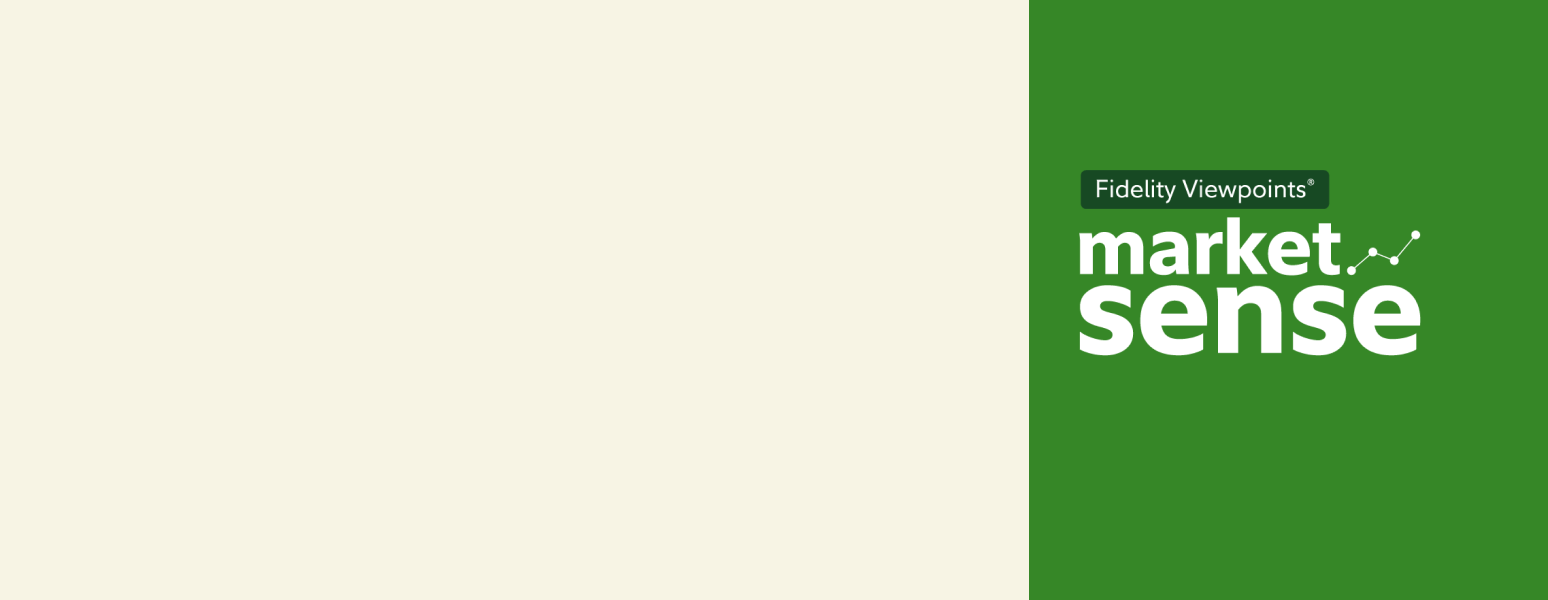
Navigating Tariff-Driven Volatility: Strategies for Fixed Income Investors
In today's turbulent financial landscape, investors are grappling with the implications of escalating tariff tensions and geopolitical risks on their portfolios. The bond market, which often serves as a safe haven during periods of uncertainty, is currently characterized by heightened volatility. As tariffs disrupt trade flows and create economic unpredictability, fixed income investors are faced with unique challenges and opportunities. This article delves into effective strategies for navigating this complex environment, emphasizing the importance of diversification and active management.
Understanding the Impact of Tariffs
Tariffs, which are taxes imposed on imported goods, can significantly affect economic dynamics and investor behavior. As noted by Joanna Gallegos, Co-Founder of BondBloxx, and Carsten Brzeski, Global Head of Macro at ING Bank, the implications of tariff-driven volatility extend beyond immediate price increases. These measures can lead to increased borrowing costs and economic uncertainty, which in turn affect bond prices and yields.
According to a recent report from Axios, the bond market is becoming increasingly sensitive to these shifts. The 10-year U.S. Treasury yield, which reflects investor expectations about future economic conditions, has shown notable fluctuations, recently hovering around 4.28% as traders react to tariff announcements and their potential economic fallout. Rising yields typically signal a decrease in bond prices, prompting many investors to reassess their strategies.
The Ripple Effect of Tariffs on Bond Markets
The impact of tariffs on bond markets can be multifaceted. For instance, tariffs can lead to increased inflationary pressures as the costs of imported goods rise. This inflation can erode the purchasing power of fixed interest payments, diminishing the attractiveness of bonds. In the current climate, the potential for recession has prompted investors to seek safe bond strategies to protect their portfolios.
Data from the Bipartisan Policy Center indicates that the U.S. has a staggering $28.9 trillion in publicly held debt. The constant fluctuations in the bond market underscore the crucial role it plays in the broader economy, particularly as policymakers grapple with the implications of their trade decisions.
Safe Bond Strategies
To navigate the volatility stemming from tariffs effectively, fixed income investors should implement the following strategies:
-
Diversification: Spreading investments across various bond sectors can significantly mitigate exposure to specific risks. By diversifying across corporate bonds, municipal bonds, and international bonds, investors can better insulate their portfolios from localized economic shocks. A diversified bond portfolio can provide a buffer against the adverse effects of tariff-driven volatility.
-
Active Management: Employing active management strategies allows investors to adjust their portfolios in response to changing market conditions. As highlighted in the investment community, actively managed bond funds can react to shifts in economic indicators, government policy changes, and tariff impacts more dynamically than passive strategies. This approach enables investors to capitalize on short-term market inefficiencies, potentially enhancing returns while managing risks.
-
Focus on Quality: Prioritizing high-quality bonds, such as those rated AA or above, can provide stability during turbulent times. Quality bonds tend to be issued by financially stable entities with a lower risk of default, making them a safer bet when market conditions are uncertain. As a result, investors should consider allocating a larger portion of their portfolios to high-quality bonds in the current environment.

Conclusion
As the bond market adapts to ongoing tariff tensions and their associated risks, investors must remain vigilant and proactive. By implementing safe bond strategies—such as diversification, active management, and a focus on quality—investors can navigate the complexities of the current environment and position themselves for potential gains.
In a time characterized by uncertainty, those who adapt their investment strategies with a keen eye on market dynamics are likely to fare better. As Joanna Gallegos aptly put it in a recent discussion, “In these times of volatility, having a well-thought-out approach to fixed income can make a significant difference.” Investors are encouraged to remain informed about market trends and continuously evaluate their bond portfolios in light of evolving economic conditions.
For further insights, you can watch the discussion between Joanna Gallegos and Carsten Brzeski here or read the full analysis on the bond market’s impact on the economy here.
In these challenging times, maintaining a well-informed and adaptable investment strategy is paramount for fixed income investors seeking to weather the storm of tariff-driven market volatility.